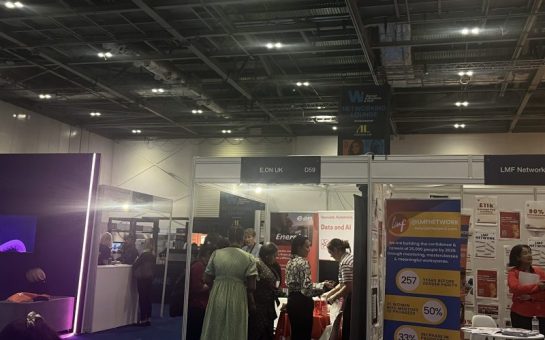Microsoft announced their new console last week

You probably already know this, but electronics are designed to have a lifespan. Apple tends to design their iPod so you’ll own one for about a year before buying another. Gaming consoles work the same way, but a tad slower.
We’re on to our 9th generation of home consoles: Nintendo’s WiiU will be soon met with Sony’s Playstation 4 this year, and this week we’ve had a conference from Microsoft, announcing their new console – the Xbox One.
Even though its presence was long awaited (you could argue it was guaranteed), the response was a great deal less positive than Microsoft were hoping. In fact, the conferenced managed to cause a large spike in stocks for Sony and Nintendo.
Now, I’m no business analyst, but my diagnosis is that there’s been a hefty misunderstanding between what Microsoft thinks they should sell, and what their user base actually want.
The Xbox One (which I have seen amusingly referred to as Xbone, so I shall do the same) kind of resembles a mid-90s VCR, with an iPod black sheen.
To compare it to the Xbox 360, the Xbone has a 500GB hard drive and 8GB of RAM (compared to the 320GB storage and 512MB RAM of the 360), and is designed to have motion sensors and connectivity with tablets right from the word go.
So far, so sensible. The hardware’s vital statistics bring it closer to the brunt that (incredibly expensive) Gaming PCs are capable of, but these are mere figures if they’re not used for something important.
This is where I feel Microsoft slips up. When talking of the Xbone’s special features, spokespeople at the conference focused on trying to pitch a ‘multi-entertainment’ product, with a lot of words dedicated to video streaming, voice commands and recording footage of games you’re playing.
It’s all rather superfluous. Most TV addicts already have access to Netflix, voice commands are the territory of couch potatoes, and the recording functions are suspiciously similar to what Sony announced for the Playstation 4 a few months ago.
The amount of time dedicated to actual games for the console was comparatively brief, and none of it was especially astounding. In fact, everything they announced was a sequel – FIFA 2014, Forza Motorsport 5, Call of Duty: Ghost.
Only one new franchise was announced – Quantum Break. The brief trailer reveals precious little, though it’s the prettiest destruction of a bridge I’ve ever seen.
According to Remedy, who are developing the game, Quantum Break aims to meld TV shows and gaming experiences together, which honestly could go in some interesting directions – though it’s way too early to get excited.
However, the things that concern me most weren’t discussed in the conference at all. As with the 360, the Xbone won’t let games developers self-publish.
Traditionally, games developers release their titles through a publisher (companies like EA, Activision and Konami are publishers), but in the present industry, there’s a very popular trend of smaller development studios that can’t afford a publisher can still release their games digitally.
With Microsoft forcing teams to use publishers to host their content, a thriving part of the games development industry is suddenly hamstrung.
Buying a new games console is actually a hefty investment – the basic hardware isn’t cheap, so most are hesitant to make the purchase unless they know they are going to get enough hours of fun to make things worthwhile.
And unfortunately for Microsoft, being able to watch television and play Yet Another Football Game 2014 doesn’t inspire me or my wallet with confidence.
But it’s not too late – in the months leading up to the Xbone’s release, they can still announce more interesting titles, lower the barrier of entry to smaller development companies, and realise that the main reason why people buy games consoles is to play games.
Photo courtesy of faseextra, with thanks.
Follow us @SW_Londoner




